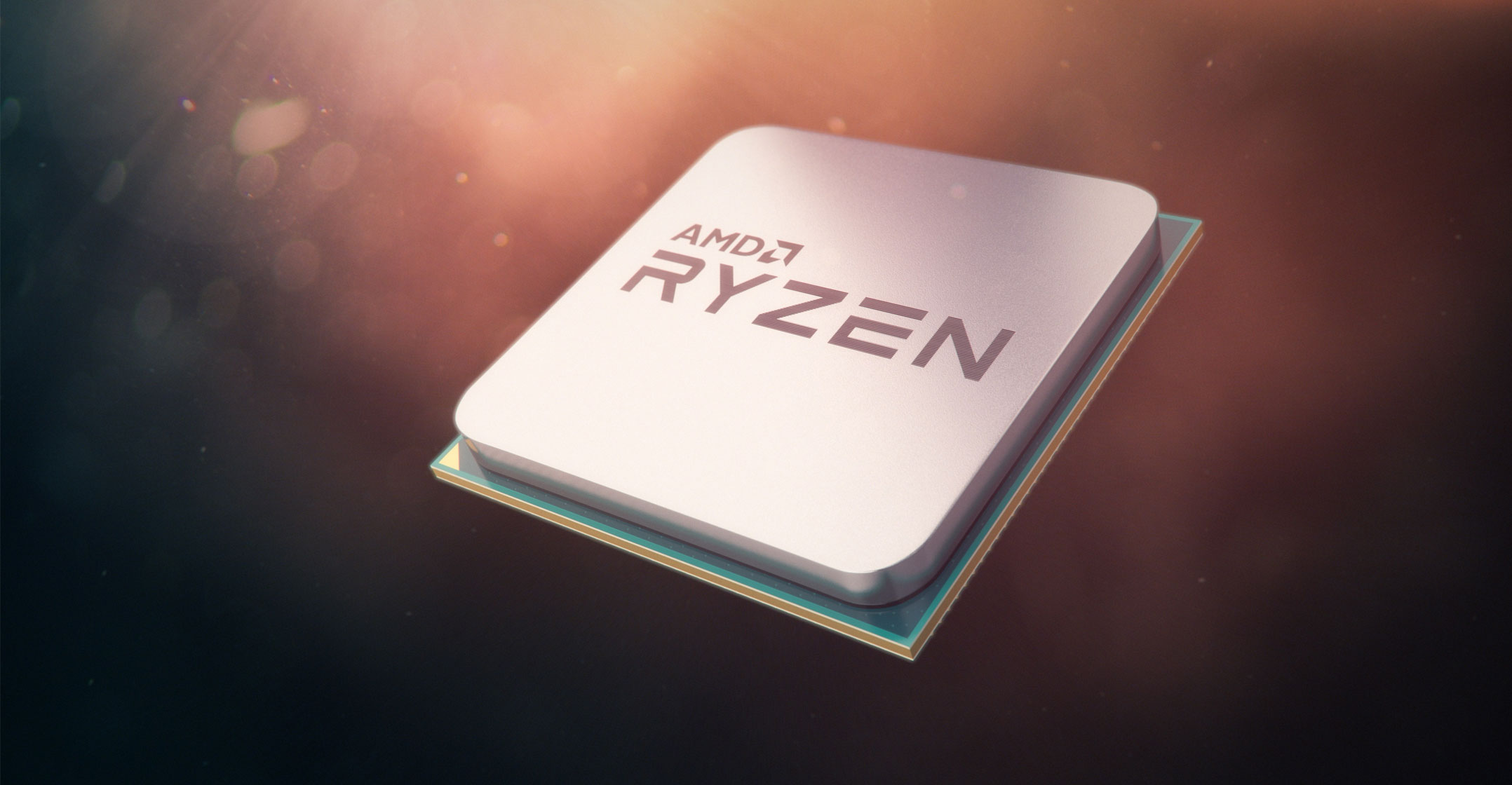
AMD is the sad sack of semiconductor makers. A security hole in its biggest rival’s computer chips gives it a small opening to change its fortunes.
The bad news for Intel was a report that a design flaw in its widely used computer chips has made many PCs vulnerable to hackers for about a decade. The public has become used to a constant stream of bad news about cyberattacks, but this Intel flaw is potentially the mother of all bad cybersecurity news. Intel responded to say that it’s working on the vulnerability and that other companies’ chips have the potential to be exploited in similar ways.
Predictably, Intel shares have taken a hit on the news from technology news publication The Register. And the stock price of AMD, Intel’s only real rival in PC chips, has received a lift. Shares were about 6% higher in early trading on Wednesday. It’s small solace for AMD stockholders. The company’s total return of negative 3% in the last year is among the worst performers in the semiconductor industry.
The AMD stock climb is overblown. Intel is by far the market leader in CPUs, or central processing units, which function as the brains for PCs and computer servers. In laptops, for example, Intel’s market share is more than 93% and AMD’s is 7%, according to figures compiled by Bloomberg Intelligence. It’s difficult to imagine that the top players in PCs such as Lenovo or Microsoft would react to the Intel design flaw by swapping out Intel CPUs for AMD’s.
But AMD has been a laggard for so long that even a small window of opportunity feels like a massive opening. And AMD has been slowly crawling up from from the deep, dark hole it dug for itself.
The company has been working on new models of CPUs and of a different class of chips, known as GPUs, that are increasingly being used in artificial intelligence computing. Analysts say AMD chips aren’t up to the quality of those from Intel or GPU specialist Nvidia, but they are cheaper. Companies that buy chips are always trying to find ways to get Intel and Nvidia to reduce their prices, and buying a truckload of AMD products may give them the leverage they need.
Already, AMD’s new products are helping. The company’s revenue climbed 22% through the first nine months of 2017, and the full year is on track to deliver its best annual growth in more than a decade. Intel’s latest hiccup gives AMD a shot to pick up some sales on the fringes from PC makers that are already eager to diversify away from Intel.
Suffered
What’s potentially good for AMD’s business is of course a negative for Intel. The company has suffered because being the CPU king isn’t what it used to be. PCs aren’t a growth business anymore, and GPUs are becoming more essential in computing. That’s a category in which Intel is chasing Nvidia.
Intel and AMD are both going to have a rough ride in coming years as changes in computing move the industry away from their sweet spots. But on the see-saw of the present, Intel is down and that means AMD’s fortunes are up a tiny bit. — Reported by Shira Ovide, (c) 2017 Bloomberg LP




